William Tincup posed this question recently on Facebook:
“Why don’t we talk about ‘Recruiting Operations’ as a critical role within all recruiting teams?”
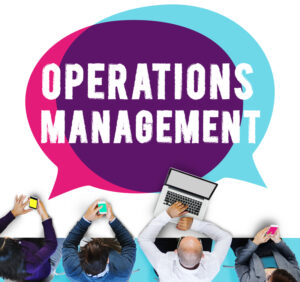 It got a huge response, with most responses being an entire blog post on their own. I told William I want to write about this, and being that I normally write for Fistful of Talent and my own blog, The Tim Sackett Project, he said yes — but only if I write it for Recruiting Daily! I’ve been a long time reader of Recruiting Daily and love the team, so that decision was easy!
It got a huge response, with most responses being an entire blog post on their own. I told William I want to write about this, and being that I normally write for Fistful of Talent and my own blog, The Tim Sackett Project, he said yes — but only if I write it for Recruiting Daily! I’ve been a long time reader of Recruiting Daily and love the team, so that decision was easy!
Here’s a link to the original post on Facebook, and it’s well worth a read because the comments are awesome and you will gain some great insight from some really great recruiting minds on the subject. Now, I’ll give you my take on it, which will be much less sophisticated, but I find I’m normally spot on in my unsophisticated takes!
A little insight into Recruiting Operations
First, we need to define what are “Recruiting Operations.”
That was one thing that you could see right away in the comments on William’s post — everyone has a different opinion on what this might be. For many, traditional recruiting operations were just all the crap that bogged down recruiters, the things we wanted to make sure they didn’t get involved with so they could spend all their time finding talent.
Recruiting operations include analyzing and improving processes, working with vendors, understanding and keeping on top of the recruiting technology landscape, working across organizational functions, developing and implementing recruiting programs, etc.
Basically, recruiting operations are about doing everything — except finding the talent. It’s all the stuff that used to get thrown on the recruiting leader’s desk that they never had time to do but that could make you a lot better if they did.
To be honest, many times Recruiting Operation activities were then thrown on to the admin’s desk within the recruiting department. These were things like: Follow-up on this. Check into this. Put all of this stuff together; then the team will review and we’ll make a decision.
A recruiting leadership failure?
We don’t talk about Recruiting Operations as a critical role, because for the most part, as recruiting leaders we were fighting fires and not trying to figure out how do we stop the fires altogether. It’s been tactical vs. strategic. I’m a great recruiter; I know how to find and get people hired — head down, pick up the phone, rinse, repeat.
That’s a broad stroke, to be sure, but it’s mostly accurate. The lack of a recruiting operations focus is a recruiting leadership failure.
The passion around the comments on Tincup’s Facebook post showed that the sophistication of recruiting leaders has come a long way over the past decade. If you are now running a large talent acquisition shop and you don’t have a focus on recruiting operations, your shop is not running at full capacity. In other words, you’re playing catch-up with the rest of the industry.
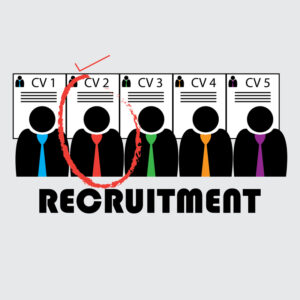 As your talent acquisition shop grows, some things happen in how you grow your team. A basic TA leader just adds more recruiters, sourcers, and admin help to keep doing the same work you’re already doing. A more advanced TA leader, however, will begin adding pieces to their team that looks to expand capacity without growing more recruiters, sourcers and administrative staff.
As your talent acquisition shop grows, some things happen in how you grow your team. A basic TA leader just adds more recruiters, sourcers, and admin help to keep doing the same work you’re already doing. A more advanced TA leader, however, will begin adding pieces to their team that looks to expand capacity without growing more recruiters, sourcers and administrative staff.
As you advance as a TA leader, you now look at your own capacity and find out how to expand your knowledge. So, you add in a business analyst to help you become an expert in data and analytics, maybe a TA technology expert, or an Operations expert, a marketing/branding expert, etc.
Making a case to add “operations” head count
The most innovative recruiting shops just don’t get bigger — they grow with a purpose of getting better.
It sounds easy, but it’s not for most TA leaders.
First, it’s easy to talk finance into more recruiting heads as you grow and recruiting is a pain point. But, it’s hard to talk those in charge of the purse strings to add a person or two or three in “operations” when you yourself as a leader can’t clearly define what these folks will work on and what those outcomes will be.
To someone in finance, recruiting operations sounds like a catch-all title for the work that they’re paying a recruiting leader to do. For large recruiting organizations, or those organizations that are growing into large ones, it’s difficult to immediately show measured results by adding “operations” titled staffers to your team, but it’s imperative for future success, growth, and, to remain competitive for talent.
That’s your key to add in Recruiting Operations — competition.
Will your organization lead — or follow?
Good executive leaders will not allow finance to keep you in a non-competitive state in recruiting. Sure, you still need to see improved measures, but the future talent acquisition departments will have a focus on recruiting operations as one major strategic segment.
Will your organization be leading, or following, when it comes to talent acquisition? It’s a question you have to ask your leadership team.





 1. Make a list of your favorite sales people and talk to them.
1. Make a list of your favorite sales people and talk to them. 4. Use personality assessments.
4. Use personality assessments.

 All Aboard! OnboardIQ raises $9.1 million to automate hiring for hourly workers
All Aboard! OnboardIQ raises $9.1 million to automate hiring for hourly workers
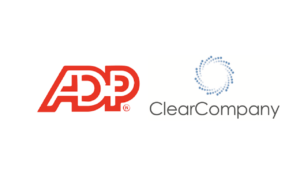 ClearCompany and ADP Announce Partnership and Industry-Leading Integration
ClearCompany and ADP Announce Partnership and Industry-Leading Integration
 Despite our near obsessive fixation on “employee engagement,” this term remains largely amorphous and highly ambiguous, a subjective subject at best.
Despite our near obsessive fixation on “employee engagement,” this term remains largely amorphous and highly ambiguous, a subjective subject at best.

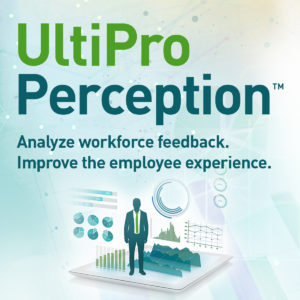


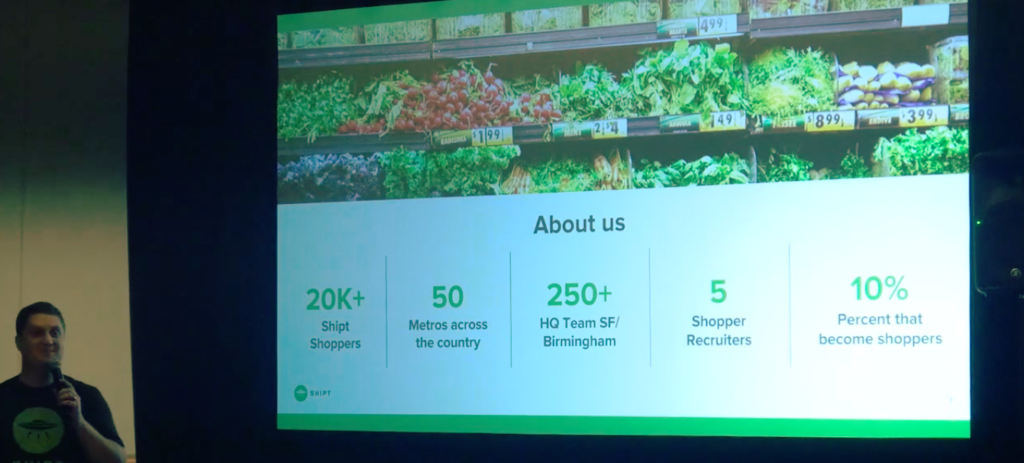
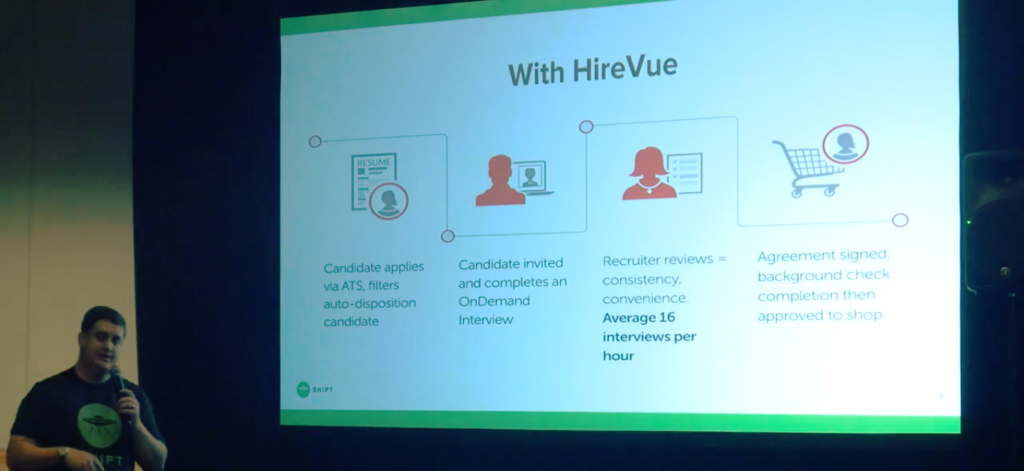
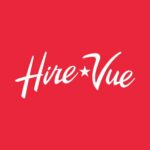
 OnboardIQ
OnboardIQ Checkr
Checkr
 Today, RecruitingDaily has officially announced that
Today, RecruitingDaily has officially announced that 

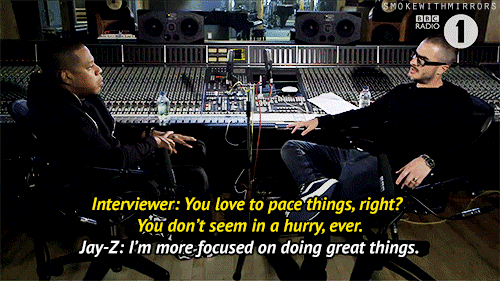







 Stop this line of thinking. I mean, how do you know? What makes you so smart that you can look at a resume or LinkedIn profile and tell if a candidate will relocate or not. Not only can you not guess, the only way to find out for sure is to talk with the candidate. Now, you have to use common sense. I mean, don’t interpret this to mean I am suggesting you call a candidate at midnight or visit them at work. But don’t get in your own way. If you have a candidate that doesn’t fit all of the requirements, but you think are still a good fit, let the hiring manager tell you they are not a fit. Along those same lines, let the candidate tell you when they will or will not be open to receiving calls.
Stop this line of thinking. I mean, how do you know? What makes you so smart that you can look at a resume or LinkedIn profile and tell if a candidate will relocate or not. Not only can you not guess, the only way to find out for sure is to talk with the candidate. Now, you have to use common sense. I mean, don’t interpret this to mean I am suggesting you call a candidate at midnight or visit them at work. But don’t get in your own way. If you have a candidate that doesn’t fit all of the requirements, but you think are still a good fit, let the hiring manager tell you they are not a fit. Along those same lines, let the candidate tell you when they will or will not be open to receiving calls.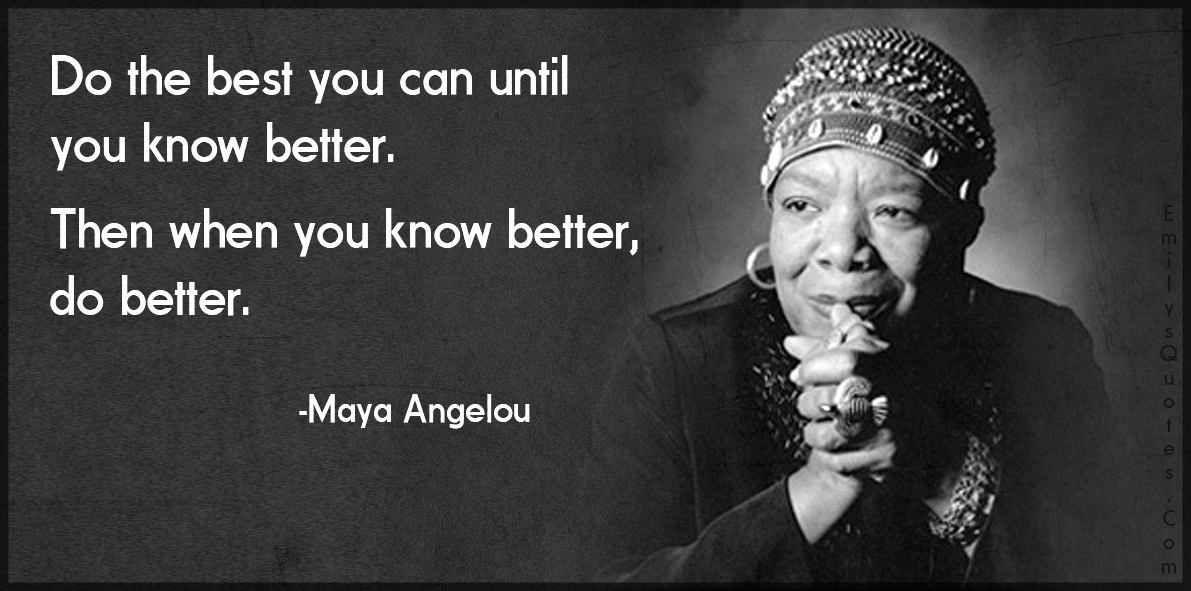 Most importantly, let the candidate know when the process is over. There is a big push to automate correspondence. However, this should not be used once a candidate has entered the interview process. I am sure this doesn’t describe you, but there are recruiters that never call candidates to let them know that they did not get the job. Before hitting send on that automatic rejection email, take the time to thank them for their time and let them know why they were not selected by actually speaking to them.
Most importantly, let the candidate know when the process is over. There is a big push to automate correspondence. However, this should not be used once a candidate has entered the interview process. I am sure this doesn’t describe you, but there are recruiters that never call candidates to let them know that they did not get the job. Before hitting send on that automatic rejection email, take the time to thank them for their time and let them know why they were not selected by actually speaking to them.


 Jaguar Land Rover Uses Gorillaz App to Recruit Coders
Jaguar Land Rover Uses Gorillaz App to Recruit Coders



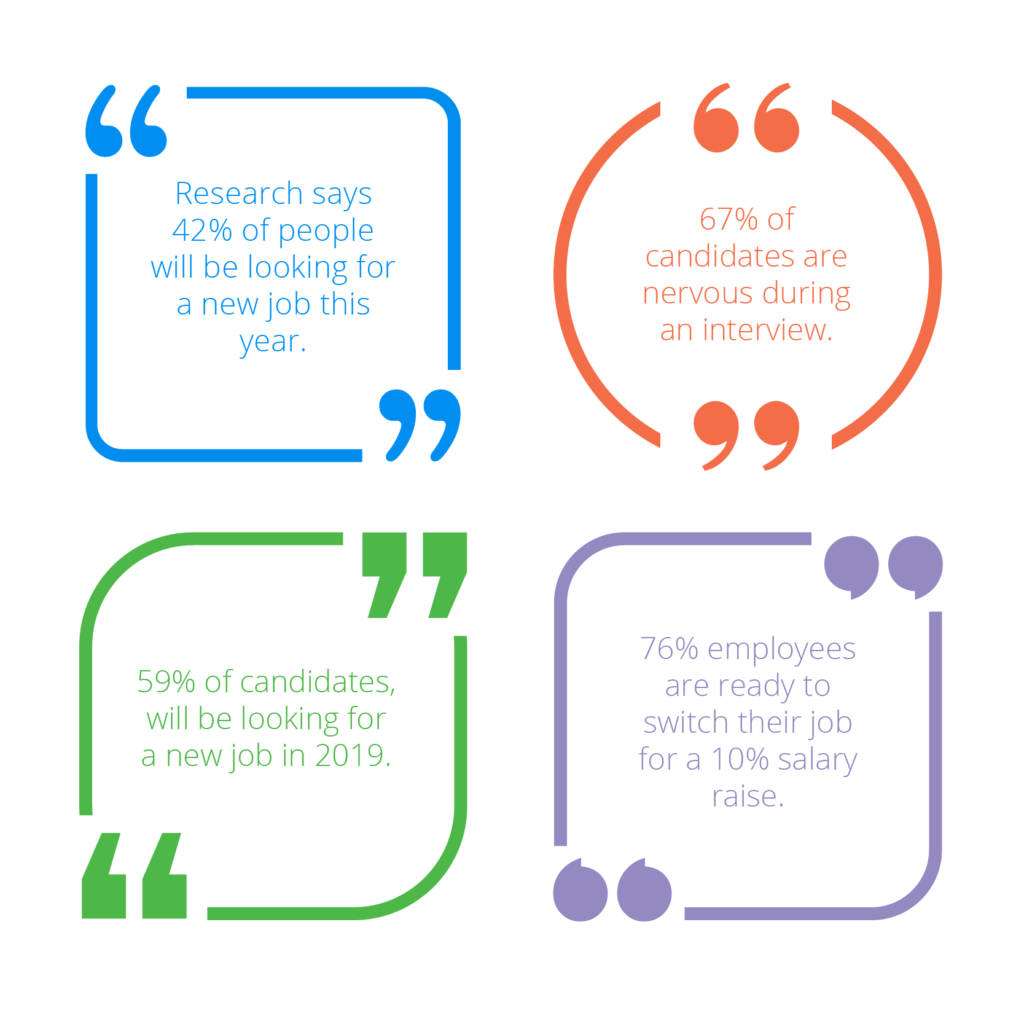
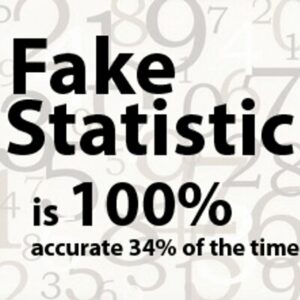
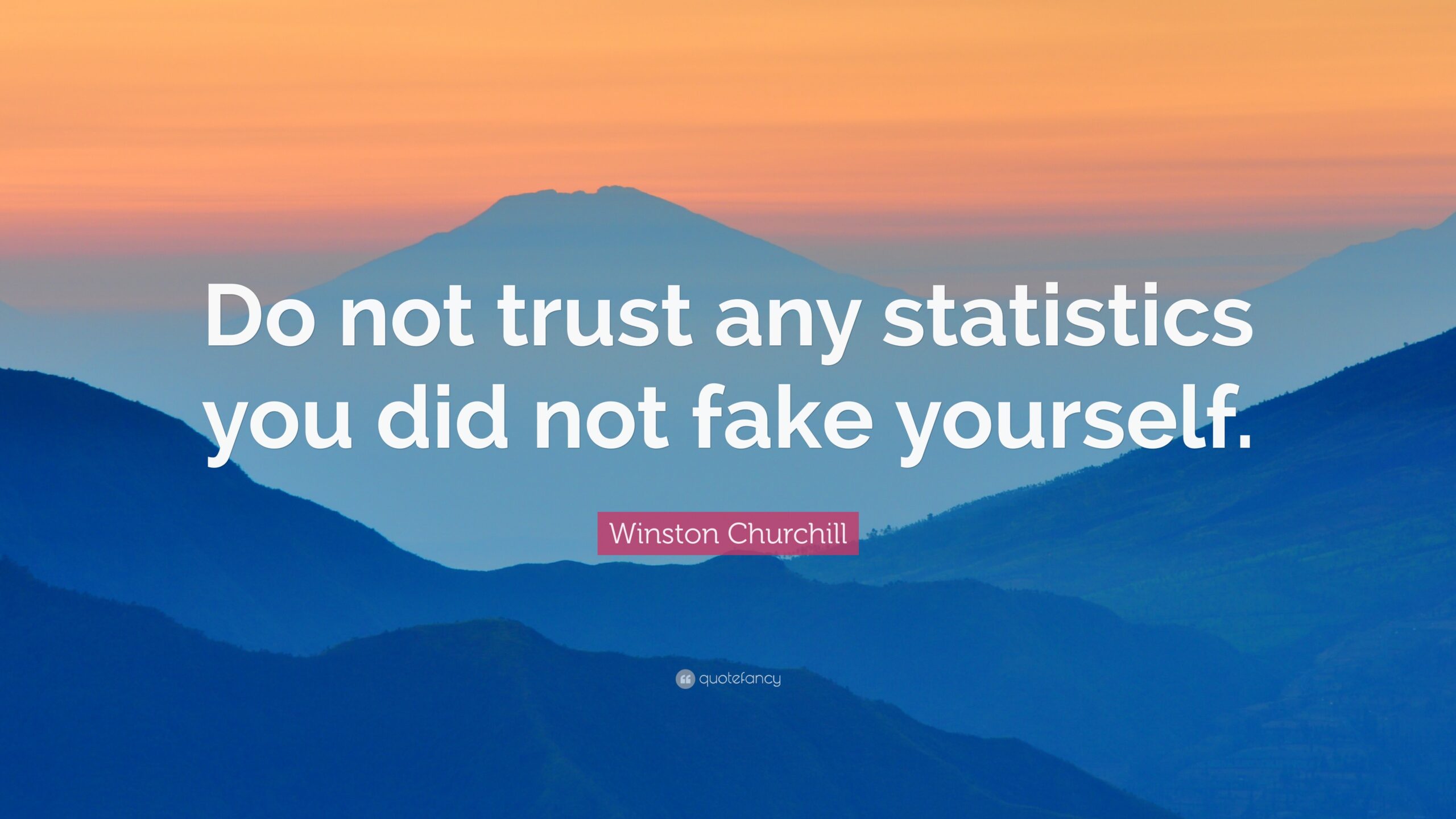

 WOW. How thankful I was that I attended — primarily for the friendships and knowledge I walked away with. The actual day included two parts: exposure to many potential recruiting tools (NOT in a salesy manner, thank God), and multiple diverse fireside chats about all things under the Talent Acquisition umbrella.
WOW. How thankful I was that I attended — primarily for the friendships and knowledge I walked away with. The actual day included two parts: exposure to many potential recruiting tools (NOT in a salesy manner, thank God), and multiple diverse fireside chats about all things under the Talent Acquisition umbrella.
 Now, you’ll be asking why it’s going to be a small group of ambassadors and why not a greater community. Remember the first rule of Fight Club? Yes, that will be us, but we plan on sharing our findings after first having an intimate chat among the group. I think we can all agree that social media exists for a reason, and the content that is passed around in Facebook groups is second to none. But sometimes, it’s important to give everybody a chance to share in a safer space.
Now, you’ll be asking why it’s going to be a small group of ambassadors and why not a greater community. Remember the first rule of Fight Club? Yes, that will be us, but we plan on sharing our findings after first having an intimate chat among the group. I think we can all agree that social media exists for a reason, and the content that is passed around in Facebook groups is second to none. But sometimes, it’s important to give everybody a chance to share in a safer space.


 Allison Mackay is currently responsible for Infrastructure Data Center Recruiting at Facebook. Her current team manages hiring for the Facebook team responsible for design center site selection strategy, infrastructure design and creation, the operation of data centers, servers, and network hardware, and managing Facebook’s standards compliance and sustainability programs across Facebook’s data center sites.
Allison Mackay is currently responsible for Infrastructure Data Center Recruiting at Facebook. Her current team manages hiring for the Facebook team responsible for design center site selection strategy, infrastructure design and creation, the operation of data centers, servers, and network hardware, and managing Facebook’s standards compliance and sustainability programs across Facebook’s data center sites.
